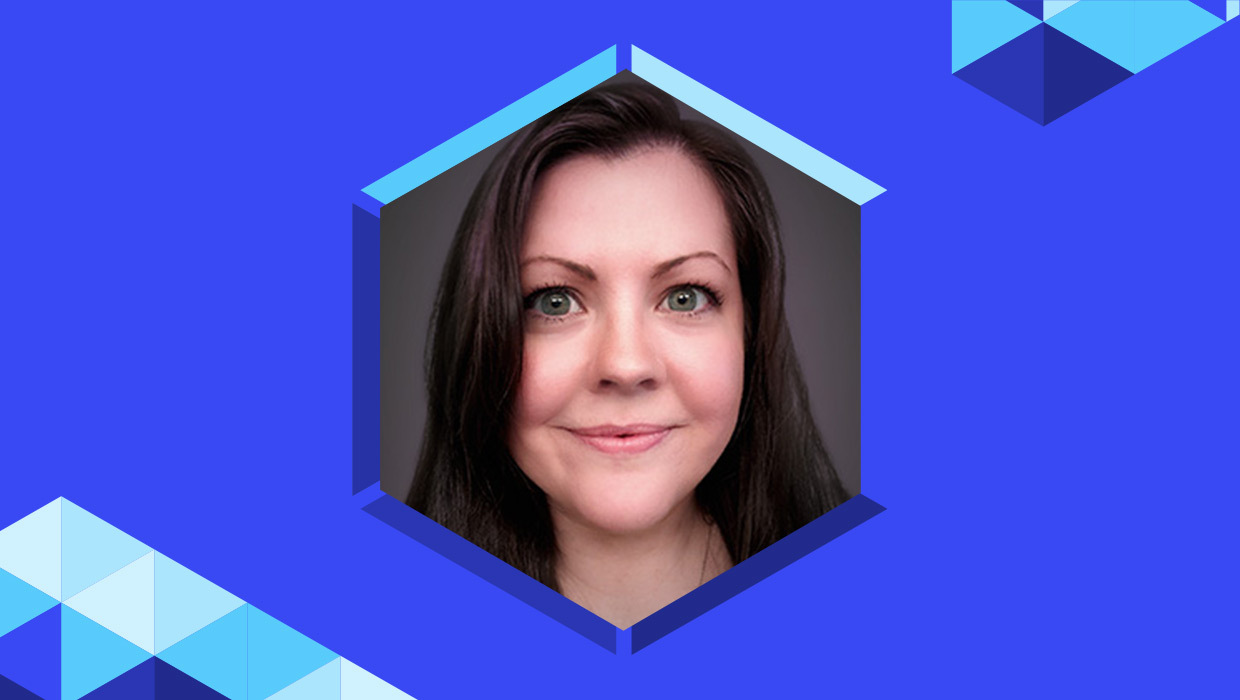Interview with Kat Kremser, Vector Artist and Instructor
Q&A with Kat Kremser, who is presenting at the CreativePro Design + AI Summit


Kat Kremser
Kat Kremser is an Adobe Certified Expert in Illustration & Graphic Design and currently serves as the lead instructor for Vector Art Academy, where she teaches art and design with a focus on vector illustration. She’s also speaking at the CreativePro Design + AI Summit, which takes place December 9-10 online, with a session on Creative Concepting with Al.
We thought it would be fun to get to know her better with some Q&A.
Tell us a bit about your background… what led you to design and illustration?
I think I’ve always been an artist at heart! My favorite game as a child was “Dress Designer,” where my mother and I would spend hours drawing and coloring elaborate fashion designs with my finest set of crayons. While she encouraged my artistic side, my father helped spark my interest in technology at an early age. I remember how excited I was when he brought home our first computer. I was instantly enthralled with the early versions of digital art programs and spent countless hours experimenting with classic applications like Microsoft Paint and the very first versions of Photoshop.
By high school, I knew for sure that I wanted a career that combined art and technology, so Graphic Design felt like a natural fit. At 17, I applied for my first summer job and was extremely lucky to land a design internship at a local agency where I had amazing mentors. Over the next 5 years, I learned so much while getting to work on a huge variety of design projects. That was a couple of decades ago, and though I am spending more time teaching these days, I haven’t stopped designing or illustrating since.
How do you feel about GenAI? Has that changed over time?
This is definitely a tough one to answer because it’s such a complex and nuanced subject. I could almost write a book on my thoughts at this point! My feelings vary pretty widely from optimism about the possibilities to fascination with the technology, to deep ambivalence about the way the training data has been obtained for certain models.
My feelings also depend on the specific tool or use case. I think some tools based on Generative AI technology are highly practical and useful, for example, Photoshop’s smart background removal tools or Illustrator’s generative recolor tool. On the other end of the spectrum, there are some tools and uses that feel much more morally questionable or even exploitative, like image generation models that allow people to generate art in the style of a specific artist.
How the tools are being used also makes a big difference. My personal policy is that I only use generated images for mood boards and reference, never as a final product. I think this is something each designer needs to decide for themselves on a case-by-case basis.
There are obviously some very complex ethical considerations when it comes to the training process of these models and who owns that data. The current copyright laws don’t adequately account for this new technology and my hope is that as the legal system catches up, there will be more robust protections put in place for creators who do not want their work to be included in training data.
What’s an example of one way you’ve been using AI in your work recently?
I tend to experiment with a variety of AI tools in different ways depending on what I’m working on. When I’m using AI as part of my creative process, I approach it with the mindset that I am the creative director and the lead artist/designer who will bring the actual ideas and create the final product. I see AI tools as a helpful mix of support staff and a brainstorming and visualization aid.
On the admin side, I often use AI as a personal assistant to create reminders, organize my thoughts, or draft emails. It can also be helpful for project management to help break down large projects into specific milestones and task lists.
On the creative side, I find it incredibly helpful as a sounding board for my ideas. A big drawback of being a freelancer who works in a home office is that I don’t have the ability to pop over to a co-worker’s desk for feedback on an idea or have a quick brainstorming session to get the creative juices flowing. Instead, I find that having a chat with an AI tool can help spark inspiration and bring some of those subconscious creative ideas to the surface.
What’s an unexpected use or benefit of AI tools that is often overlooked?
One of the things that I haven’t seen discussed much, is how helpful image generation can be for people who struggle to mentally visualize images, a condition called Aphantasia. I personally have almost no ability to form mental images, which as a designer and an artist can be quite frustrating! When I first experimented with image generation tools, it almost felt like I was finally gaining the ability to visualize my ideas since it’s much easier for me to verbally describe them than it is for me to picture them.
Using detailed prompts and creative writing to generate and externalize the images that I am imagining but can’t picture has been a real game changer. For me, Generative AI has really made the process of creating those first rough drafts much less frustrating.
This article was last modified on October 14, 2024
This article was first published on October 14, 2024



